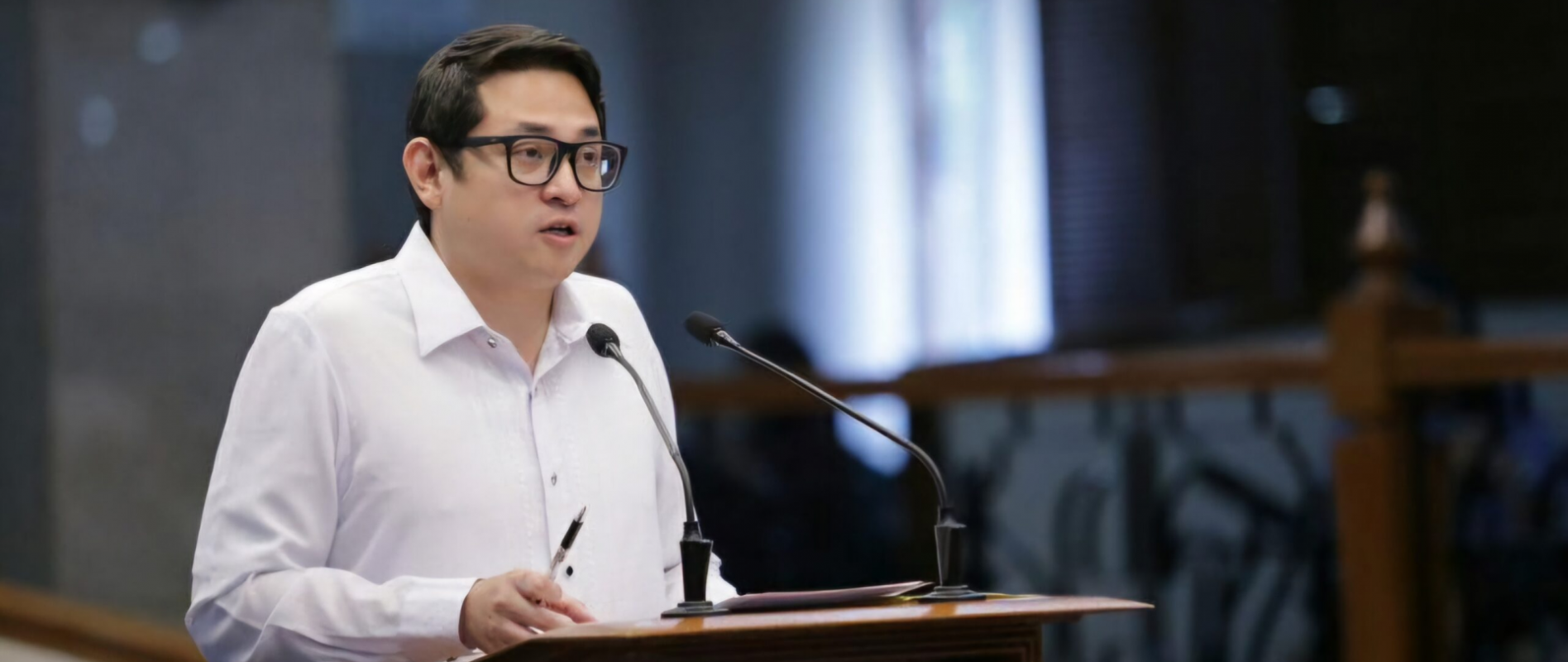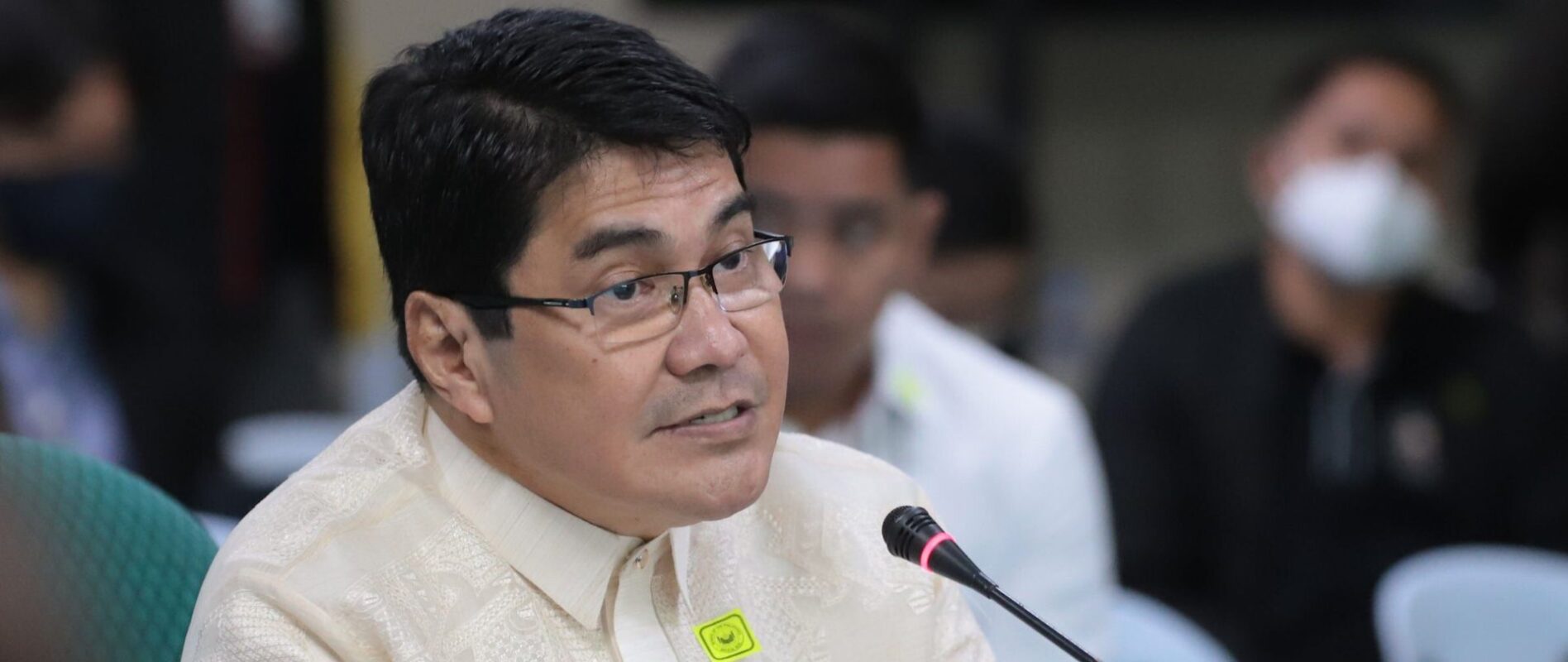LAWMAKER QUESTIONS HIGH COST OF GOVERNMENT-CLASSROOM CONSTRUCTION
SENATOR Bam Aquino on Tuesday raised concerns over the significant cost disparity between government-funded school classrooms and those built by local government units or private sector groups.
Aquino, chairperson of the Senate Committee on Basic Education, questioned why the Department of Public Works and Highways prices each classroom at ₱2.5 million, while NGOs and private sector partners can build similar ones for as low as ₱1 million—or even less.
“Why is there such a big difference in cost? We ask the DPWH to explain to the public why government classrooms are so much more expensive,” Aquino said.
He cited examples from the Angat Buhay Foundation led by former Vice President Leni Robredo, the Hope Foundation, and the Chinese Chamber of Commerce, all of which have built classrooms at significantly lower costs.
“Mayors have told me that DPWH classrooms cost ₱2.5 million each. But why can Angat Buhay, Hope Foundation, and the Chinese Chamber do it for ₱1 million or less?” he asked.
Aquino confirmed that the Senate Basic Education Committee will hold a hearing next week to probe the classroom backlog and investigate the cost discrepancy.
The country currently faces a shortage of 165,000 classrooms, which Aquino hopes to address through better coordination, transparency, and cost-efficiency.
To fast-track construction nationwide, Aquino filed the Classroom-Building Acceleration Program (CAP) Act. The bill seeks to authorize qualified LGUs and private entities to construct classrooms using national funds, provided they meet government standards and guidelines.
The measure aims to complement existing efforts, promote cost-effective solutions, and deliver classrooms faster to underserved areas.














